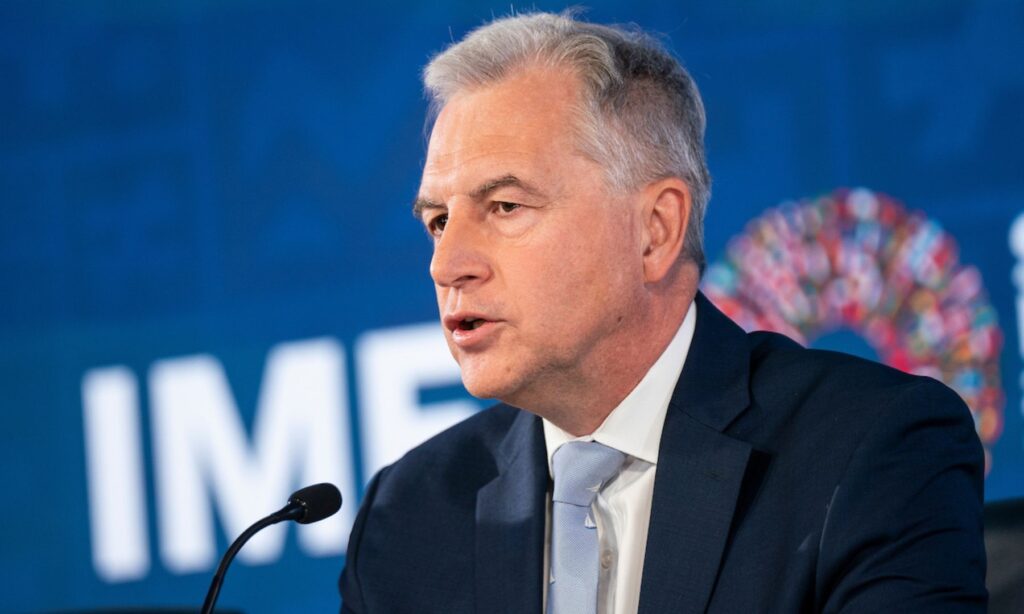Europe: Soft Landing Possible, But Long-Term Challenges Loom
Alfred Kammer, a prominent economic official, addressed the press at the European economic outlook conference. His message offered a cautiously optimistic view of Europe’s immediate future, but highlighted the need for long-term reforms.
Despite a turbulent global backdrop, Europe’s economies show signs of resilience. A “soft landing,” where economies avoid recession, is achievable, but careful policy adjustments are crucial.
Kammer emphasizes the need for a balanced approach. Labor markets need to cool slightly to combat inflation without hindering income growth. Rising consumer spending should encourage private investment, while productivity and profit margins need to improve for long-term stability.
The appropriate monetary policy will vary across Europe. Advanced economies require a measured easing of restrictions, while Central and Eastern European economies (CESEE) might need tighter control for a longer period.
Fiscal consolidation, reducing government debt, is another priority. Countries should rebuild their buffers while unemployment remains low. This may necessitate faster and more substantial budget adjustments than currently planned.
However, achieving a soft landing is just the first step. Europe faces significant long-term challenges. Declining productivity, an aging population, and underinvestment are major headwinds. To close the gap with leading economies, Europe needs to address these issues.
The report warns against counterproductive measures like subsidy races between trading partners. Instead, Kammer emphasizes the importance of deepening European integration. This can unlock significant productivity gains and strengthen the single market, making Europe more resilient to global disruptions.



